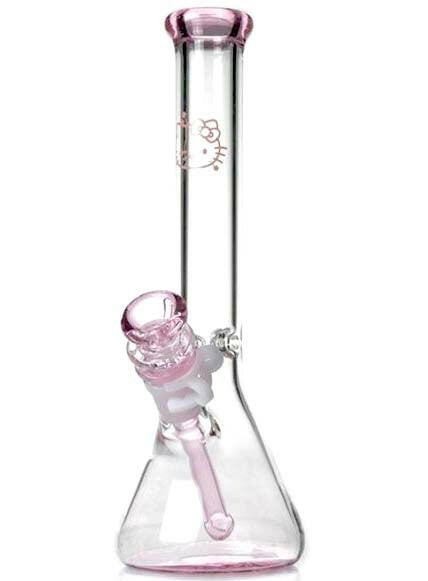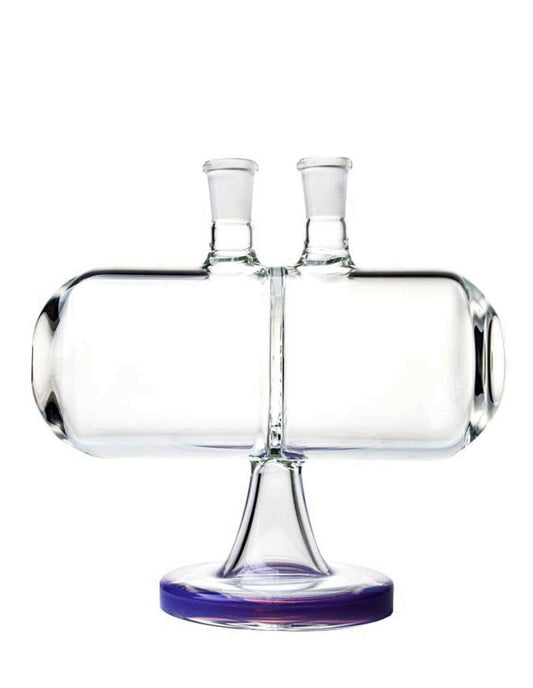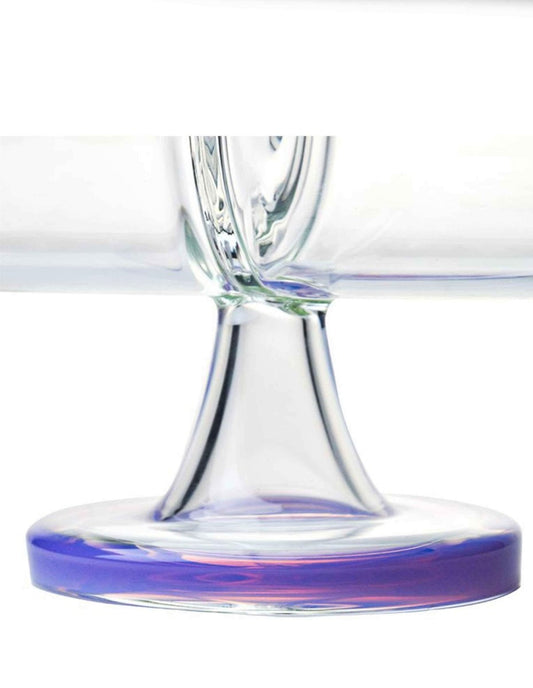Does Cannabis create hallucinogen?
you probably hear this alot , when you budy pass you a joint, you wonder should i take it or not ?, and your confused, When it comes to cannabis, there’s a lot more than meets the eye—or the smoke, in this case. Sure, they all grow from the same ground, but the differences between cannabis types are like night and day. Two of the most popular types you’ve probably heard of are Hemp and Marijuana. While they both belong to the cannabis family, their effects, legality, and uses couldn’t be more different.
ok so now Let’s break it down, before roll it up (metaphorically), and see what makes these green relatives so unique.
1. Hemp: The Gentle Giant
general some are call the Hemp is the chill cousin of marijuana—non-psychoactive and often misunderstood. It’s like that quiet family member who shows up at reunions but never causes drama. Hemp contains less than 0.3% THC (delta-9 tetrahydrocannabinol), the psychoactive compound that gives marijuana its mind-altering effects. In other words, hemp won’t get you “high,” even if you smoked an entire field of it.
What Is Hemp Used For?
Hemp is the overachiever of the plant world. It’s used for making:
- Textiles and Clothing: Durable and eco-friendly fabrics.
- Food Products: Think hemp seeds and protein powders.
- CBD Oil: For relaxation and wellness (without the high).
- Biofuel and Plastic Alternatives: Sustainable and renewable materials.
In fact, hemp has been legal in all 50 U.S. states since the 2018 Farm Bill was passed. So if you’ve seen hemp-infused products popping up everywhere from grocery stores to pet shops, now you know why.
2. Marijuana: The Wild One
Marijuana, on the other hand, is the rockstar of the cannabis family. Its main claim to fame is high THC content, which can vary anywhere from 10% to over 30%, depending on the strain. THC is the compound responsible for the psychoactive effects—or the “high”—that marijuana is known for.
When consumed, THC interacts with receptors in the brain, causing effects like:
- Euphoria and Relaxation
- Increased Creativity (or so it seems)
- Changes in Perception of Time
- Heightened Senses
How It Affects the Brain
The chemical delta-9 tetrahydrocannabinol (THC) binds to cannabinoid receptors in the brain, causing mood changes, memory disruption, and altered senses. In large doses—especially when consumed through edibles or concentrates—it can even lead to hallucinogenic effects. Ever heard someone say they “ate one too many brownies”? That’s THC kicking in at full force.
Is Cannabis a Hallucinogen?
Technically, yes—but only to a certain extent, reall depend on the userage. Cannabis can be considered a “mild hallucinogen” because it can alter perception, mood, and cognition. But comparing it to true hallucinogens like LSD or magic mushrooms is like comparing a sparkler to a firework show.
According to research studied, that cannabis can cause hallucinogenic effects at high doses, especially when consumed through concentrates, oils, or strong edibles. However, for most people using standard cannabis products like flower or pre-rolls, the experience is far from a psychedelic trip.
How Cannabis Affects the Body
most the time the effects of cannabis go beyond the brain. It can impact several systems in the body, depending on how much you use and how long you’ve been using it. Here’s a closer look:
1. Immune System:
Animal studies suggest cannabis might affect the immune system, though similar evidence in humans is limited. Researchers are still studying how cannabis impacts immune responses, especially in chronic users.
2. Hormonal Changes:
- Men: Long-term use has been linked to lower testosterone levels and reduced sperm count in heavy male users.
- Women: Cannabis might interfere with the menstrual cycle, although more research is needed to understand the extent of this effect.
3. Memory & Concentration:
Cannabis can impact short-term memory and concentration while under the influence. Long-term effects on memory remain unclear, with some studies suggesting possible cognitive decline in chronic users, while others argue these effects are reversible.
Why Tolerance Levels Matter
Not all cannabis experiences are created equal. People have different tolerance levels due to factors like:
- Body weight and metabolism
- Frequency of use
- Type of product consumed (flower, oil, edible)
- THC concentration
This explains why some people are feel relaxed after one hit, mostly do, while others feel like they’ve stepped into an alternate reality after eating a single gummy. Understanding your limits is key to having a safe and enjoyable experience.
Cannabis Legality: Follow the Rules
The legal status of cannabis varies widely depending on where you live. While hemp is legal nationwide, marijuana laws differ from state to state and even from country to country. In some places, it’s fully legal for recreational and medical use. In others, even possessing a small amount can land you in serious legal trouble.
Pro Tip: Always check local laws before purchasing or using cannabis products. Ignorance of the law won’t keep you out of trouble.
So
At first glance, if you deiced to take the joint or not, its not that additive all cannabis plants may seem alike—but once you dig deeper, the differences become crystal clear. Hemp is the laid-back multitasker that powers industries from fashion to wellness. Marijuana, on the other hand, is the adventurous cousin that comes with a mind-bending punch—if you know what you’re getting into.
Remember, cannabis isn’t one-size-fits-all. Whether you’re curious about its benefits, exploring its cultural significance, or simply looking for some fun facts, knowing the basics can help you navigate this ever-evolving world.
And most importantly—follow your local laws and know your limits. Stay informed, stay safe, and enjoy the green journey responsibly! 🌿







